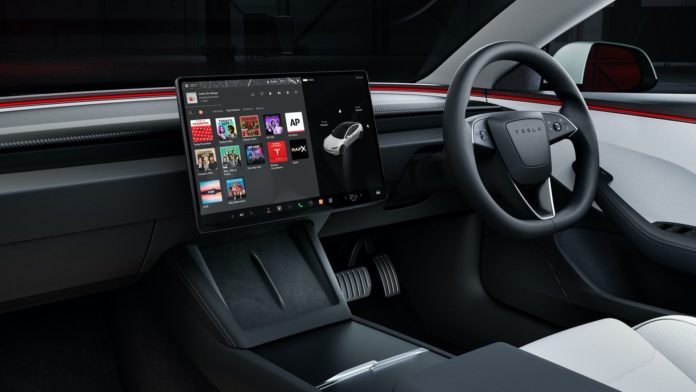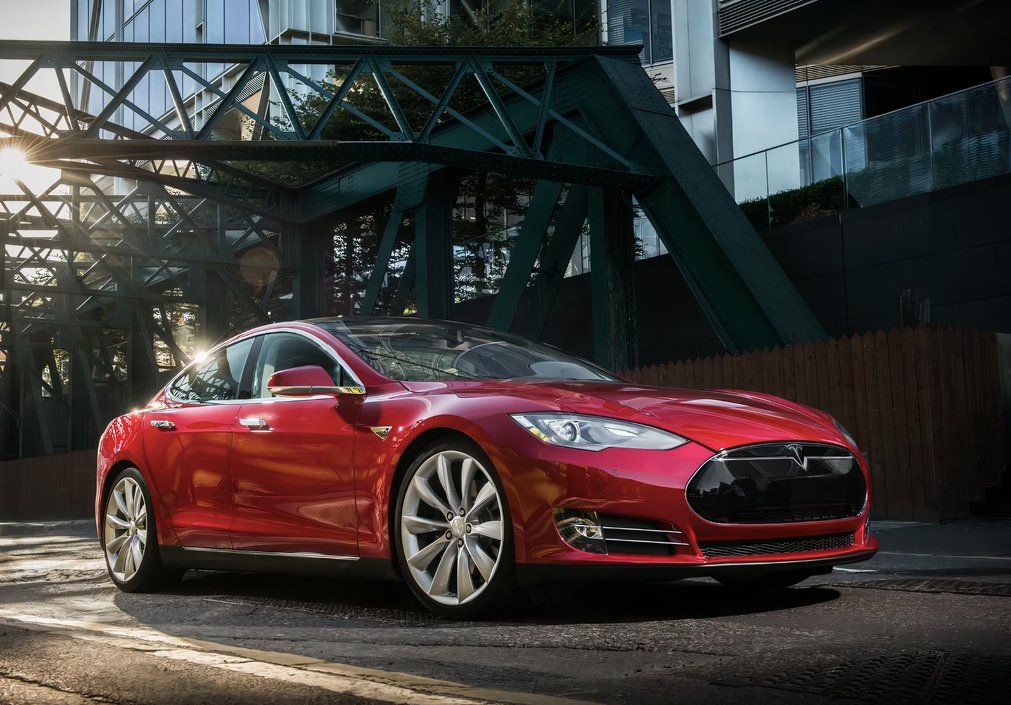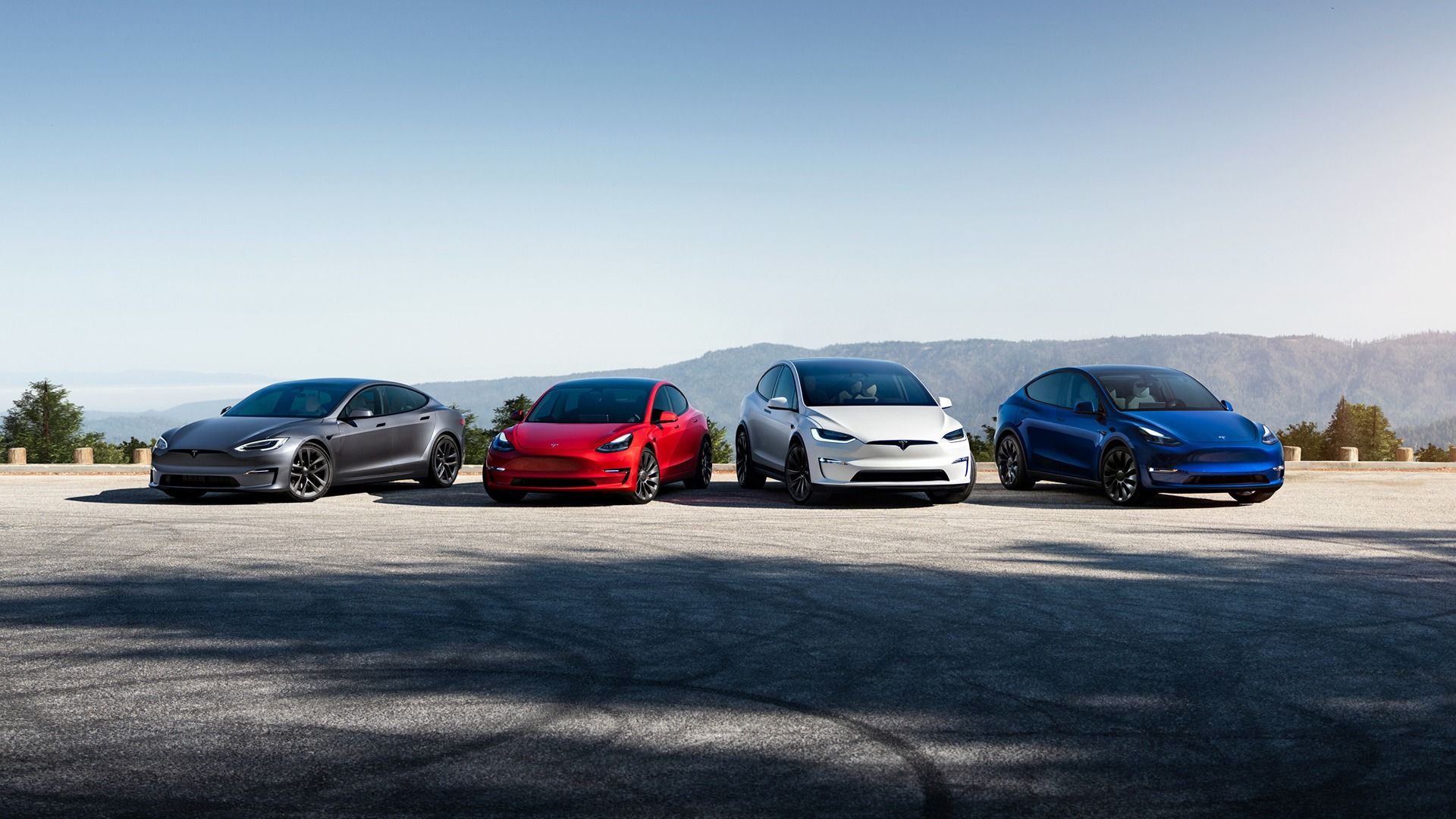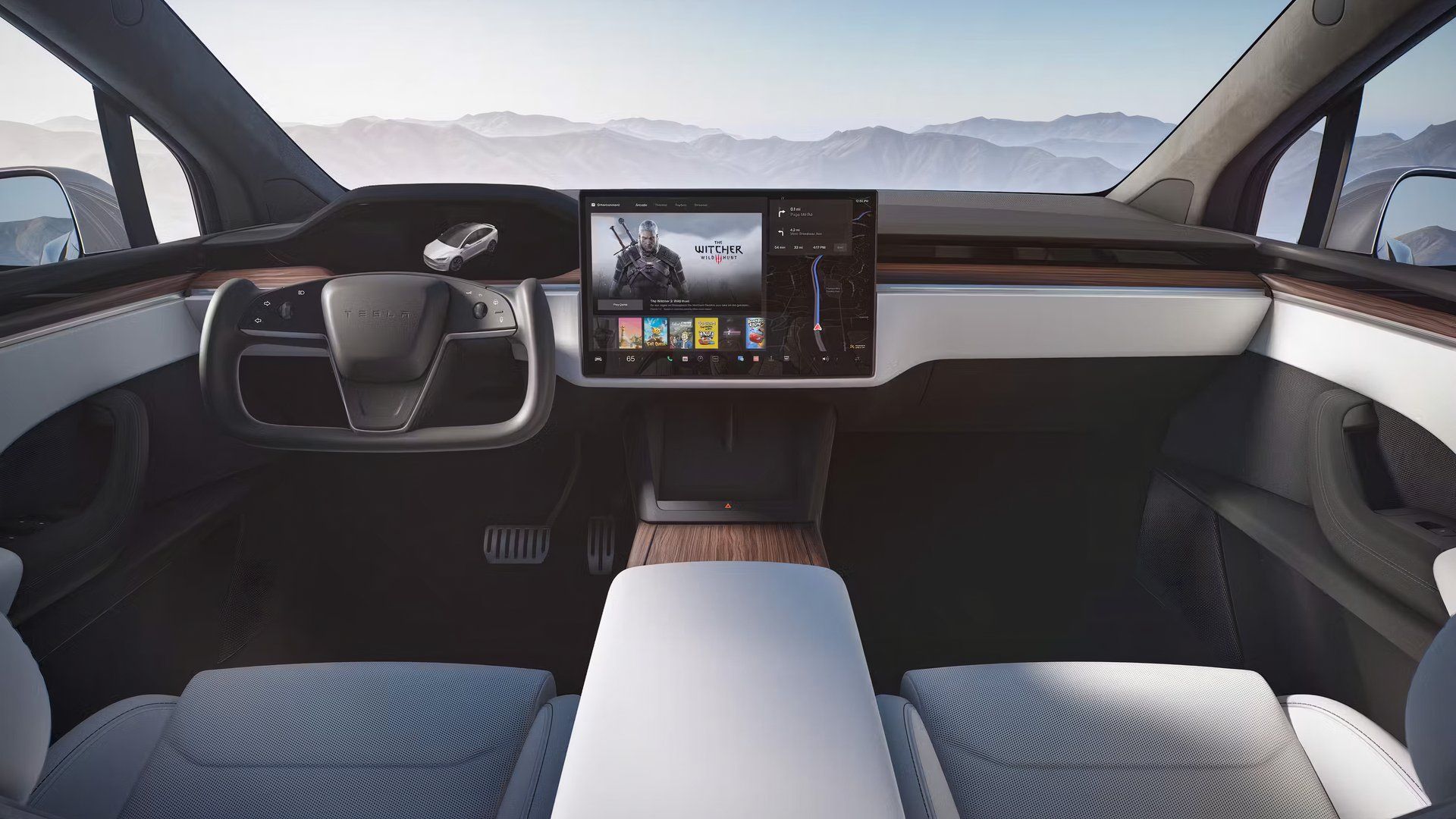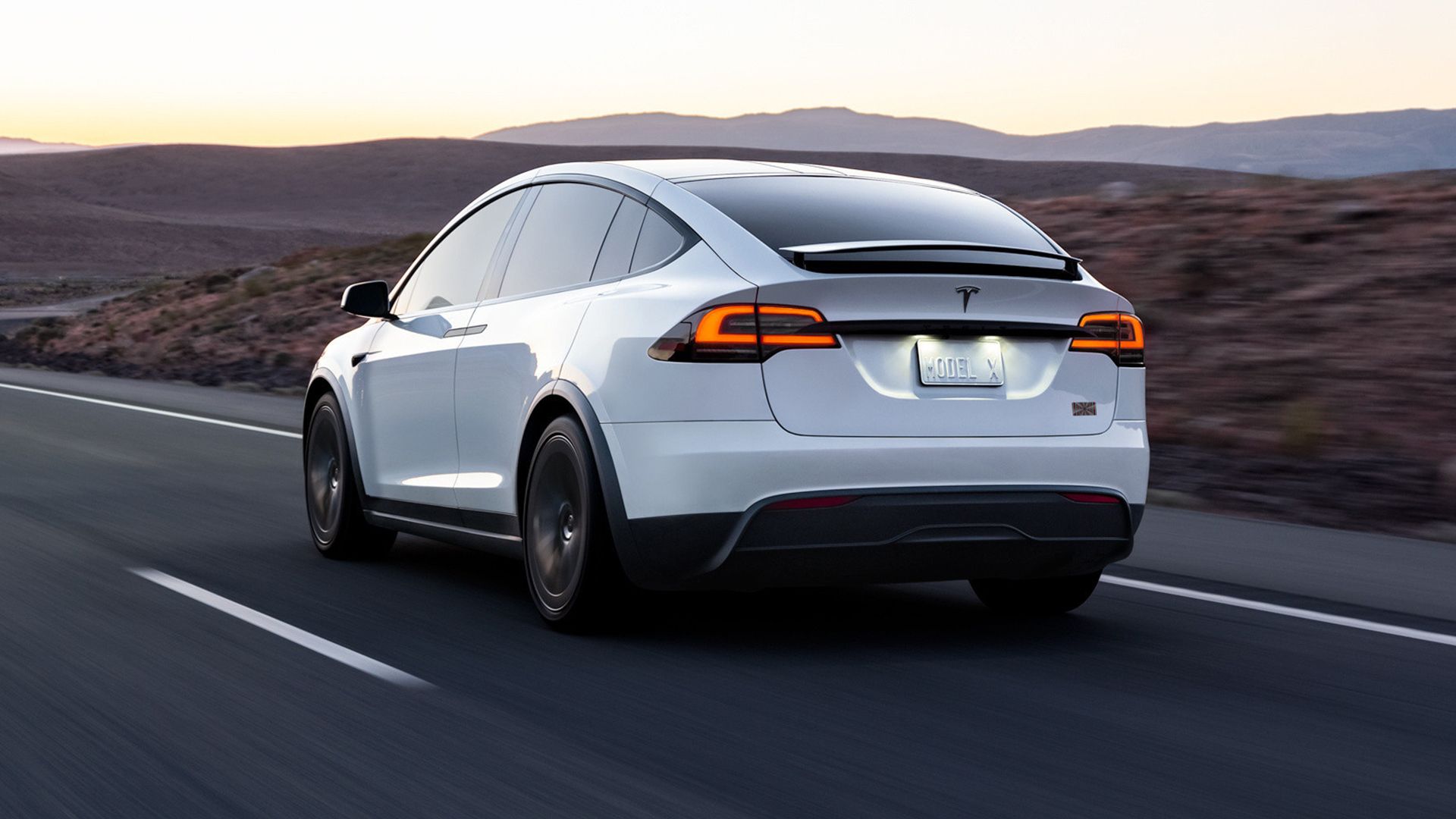It’s easy to crack wise about the electric car owner who’s going to be late for work because he has to wait for his car to finish downloading an update. But, by and large, over-the-air updates have been a net gain for the industry and for drivers.
Plenty of drivers would love to go back to the days before cars had onboard computers and software that needed to be updated, but since the cat’s already out of the bag, over-the-air is simply the most reasonable, efficient, and effective method of administering software updates.
Early Update Systems
Volkswagen released a compact in 1968, the Type III, which packed an engine computer for the fuel injection system, but the 1977 Oldsmobile Toronado was, by most accounts, the first production vehicle with a modern electronic control unit, or ECU. A central computer used to manage various systems throughout the car. The ECU ran on 50,000 lines of code. If that sounds like a lot, a typical passenger car in 2024 has been estimated at around 100 million lines of code once you add up gearbox software, touchscreen operating systems, instrument clusters, door locks, and so on.
Pretty much every car part runs on its own little computer module connected to a central ECU, and all that code adds up quickly. A video game runs on around 500,000 lines of code, and a Honda Civic is about 200 times as complicated as a copy of Forza Horizon.
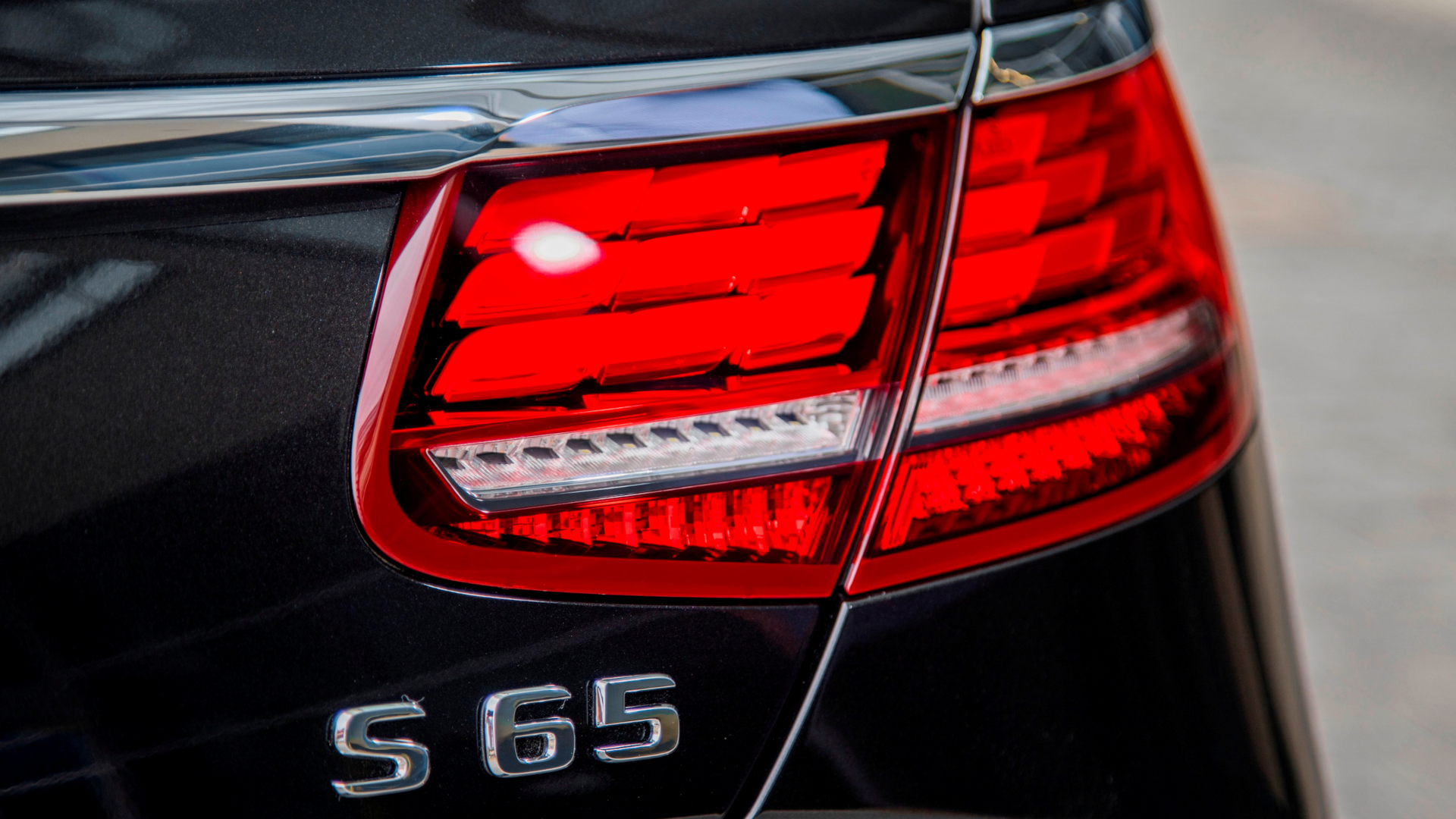
Related
The Most Expensive Car Repairs You Didn’t See Coming
Increasingly capable, comfortable, and convenient cars also mean there’s more that can go wrong, and when it does, the price can be hard to swallow.
Very early on, these onboard computers simply wouldn’t be updated at all. They were fairly basic in their function, and the software was hardwired to the computer chip itself, like in a pinball machine. The option of updating your car’s software became a possibility in the late 1990s with the proliferation of flash memory, which made it easier to rewrite the computer chips onboard the car. But, you had to actually bring the car into the shop, so the technicians could pop the hood and administer the updates manually.

Add CarBuzz to your Google News feed.
The Rise of OTA Updates
We have been driving our cars into the shop for software updates for a lot longer than you might think. The smartphone industry pioneered over-the-air, or OTA, updates, and the first iPhone only dates back to 2007.
People tend to forget that Android actually beat the iPhone to the OTA update by a couple of years. Android was offering updates directly to the phone as early as 2009. Apple didn’t allow “PC-free” updates to the iOS operating system until version 5.0.1 in 2011. Prior to that, iPhone users could update their phones by plugging them into their home computers or taking them to the Apple Store.
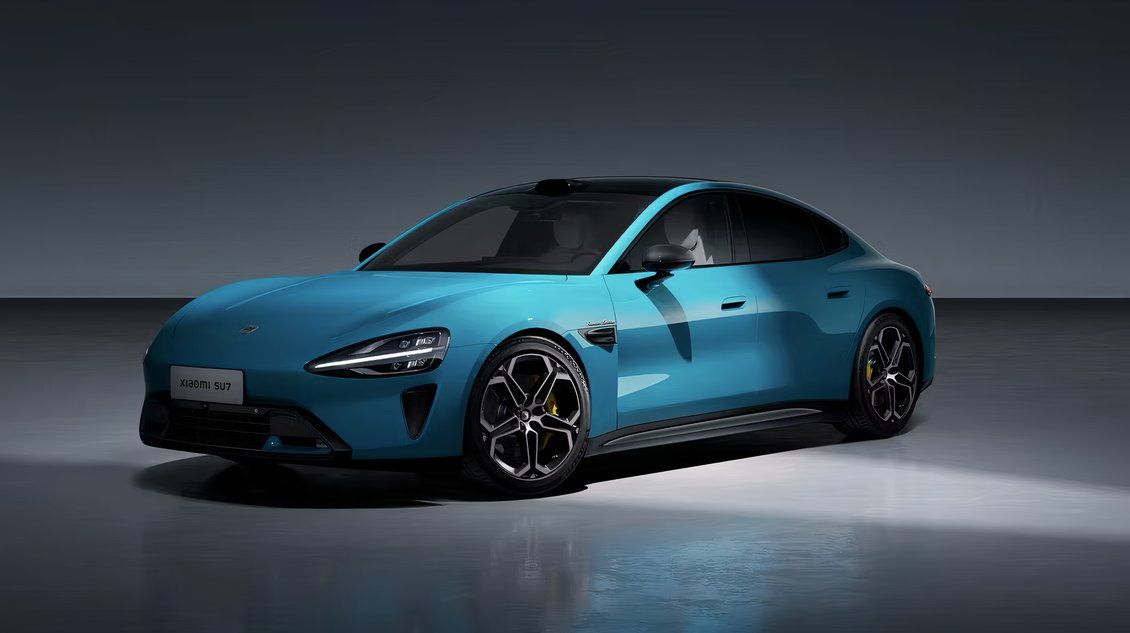
Related
5 Smartphone Makers That Want To Build A Car And One That Has Already Failed
Smartphone makers are designing cars. This makes sense because most new cars are already based around software, and these companies know their stuff.
The big adoption for smartphones (and other devices in general) came with the the rise of high-speed affordable internet. At roughly the same time the iPhone came out, around 50% of users had access to a broadband connection. Soon after that, fiber and Wi-Fi became widespread, and now just about every home has a wireless router with various gadgets connected to it at the same time.
Naturally, it makes sense to send an update for whatever over the air, saving the manufacturer and customer a lot of time.
How OTA Updates Migrated To The Automotive Industry
Switching over to OTA updates was easier said than done for the automotive industry, for the same reason you can’t update a Super Nintendo via the internet. The hardware simply wasn’t built for it. It’s not just that these cars didn’t come equipped with a wireless modem, the software architecture was all wrong for simple over-the-air updates.
Someone had to step up and develop a car that could operate like a smartphone. Tesla turned out to be just the automaker for the job, and it had the perfect platform when it launched its first mass-produced model.
How Tesla Changed The Automotive Industry With OTA Updates
Tesla didn’t release the first electric car, by a long shot, or the first production electric car, either. But there’s a strong argument to be made that they released the first modern car in many ways.
The media made a big deal out of the car’s self-driving capabilities, the futuristic LCD instrument panel, and even the vegan leather interior. The innovation that turned out to really set the bar for the rest of the industry was the software architecture that Tesla had developed for the car, making it easier to update the entire system with a single download.
Tesla made history in late 2012 when it sent out the first OTA firmware update, rolling out version 1.9.11 to more than 100 owners. This update was mandatory, and it saw drivers receiving a notification via the car’s 17-inch touchscreen and a request to schedule the update. This was made possible not only by the Model S’ software architecture and its integrated 3G connection. One of the features of this update was a recalibration of the car’s rated range, ensuring a more accurate reading of your expected mileage before you hit the road.
It’s worth noting that a number of Mercedes-Benzes had access to the same technology, but Tesla shipped the first OTA update before Mercedes did, so Tesla gets the credit for a historic first, and they got to be the butt of countless jokes about waiting for your car to finish updating. That first update did take two full hours to install, after all. Nobody’s laughing anymore, as updates are now just part of life. Tesla regularly updates its cars, and the most recent one came out just a few days ago.
The Future Of OTA Updates And Privacy
Love it or hate it, software-based cars aren’t going anywhere. Modern safety features have grown to a point of sophistication that it would be impossible to operate even basic systems like airbags and seatbelt pretensioners without onboard computers. Automotive fatality rates are lower, year after year, and a big part of that comes down to computer-enabled features like adaptive cruise control and automatic emergency braking.
Automakers are also slowly moving to a standardized interior control system. Instead of relying on in-house software, more cars are adding operating systems like Google built-in, designed by folks who know how modern customers want to interact with stuff. These systems can be updated over time, and theoretically speaking, you could have a 10-year-old car with the latest software.
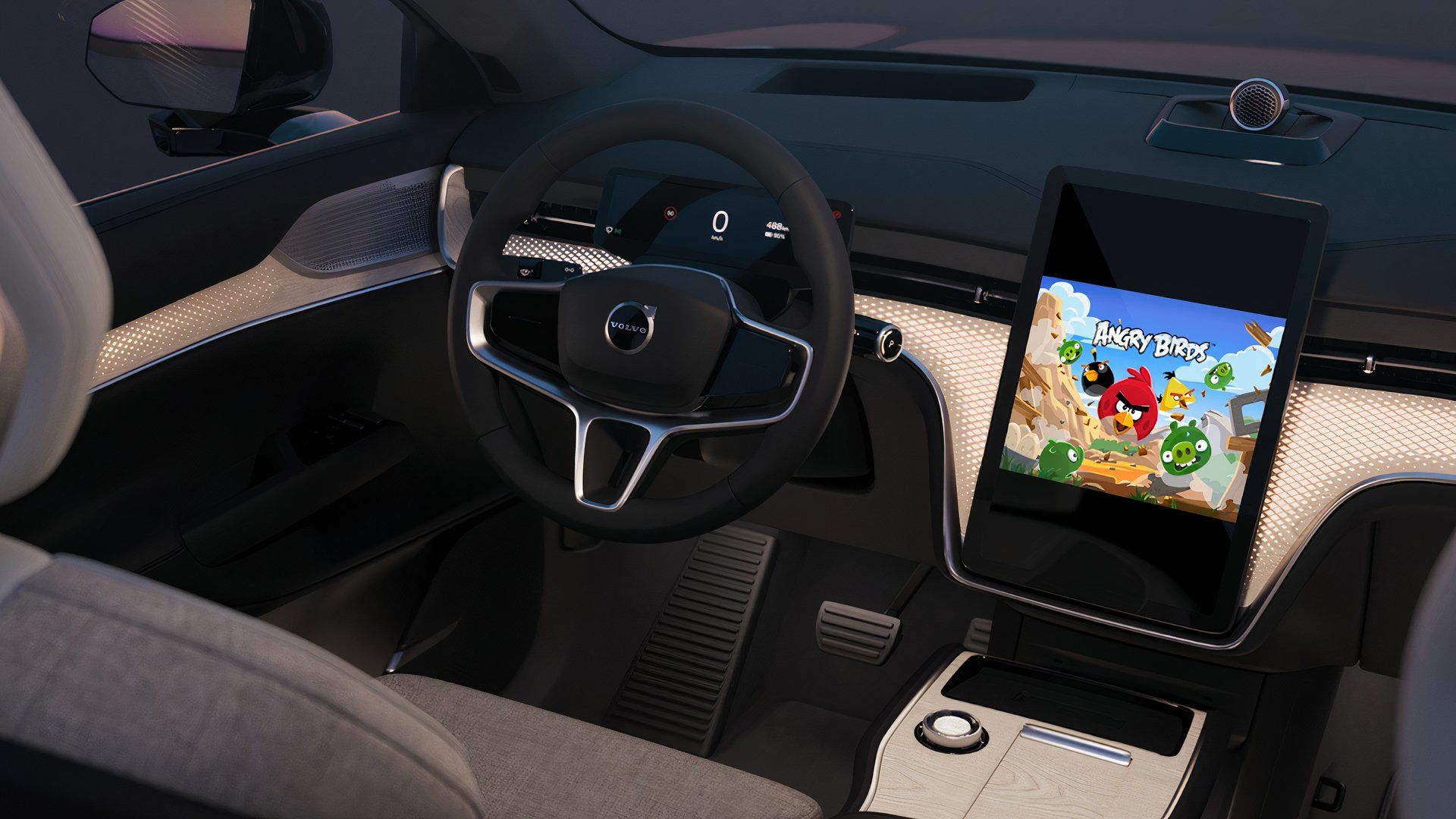
Related
Angry Birds And New Streaming Services Coming To Cars With Google Built-In
There have been minor improvements to Android Auto, too. Here’s what you can look forward to.
On the other hand, OTA updates have introduced their own safety and security concerns. Once the stuff of sci-fi movies, modern cars are relatively easy to hack, thanks to the nature of their software update process. And we’re not talking about “in theory” here. A demonstration at DEF CON in 2015 proved that the Tesla Model S could be hacked and piloted remotely via an iPhone.
Presently, most cases regarding automotive hacking are test subjects. Tesla has an active bounty program in place, rewarding hackers who can find vulnerabilities in its security system. They often take part in the bi-annual Pwn2Own computer hacking contest, allowing contestants to take home anything they can hack.
Ultimately, OTA updates are both the cause and the solution to the cybersecurity problem: as soon as a vulnerability is identified, it’s patched out in the next update.

